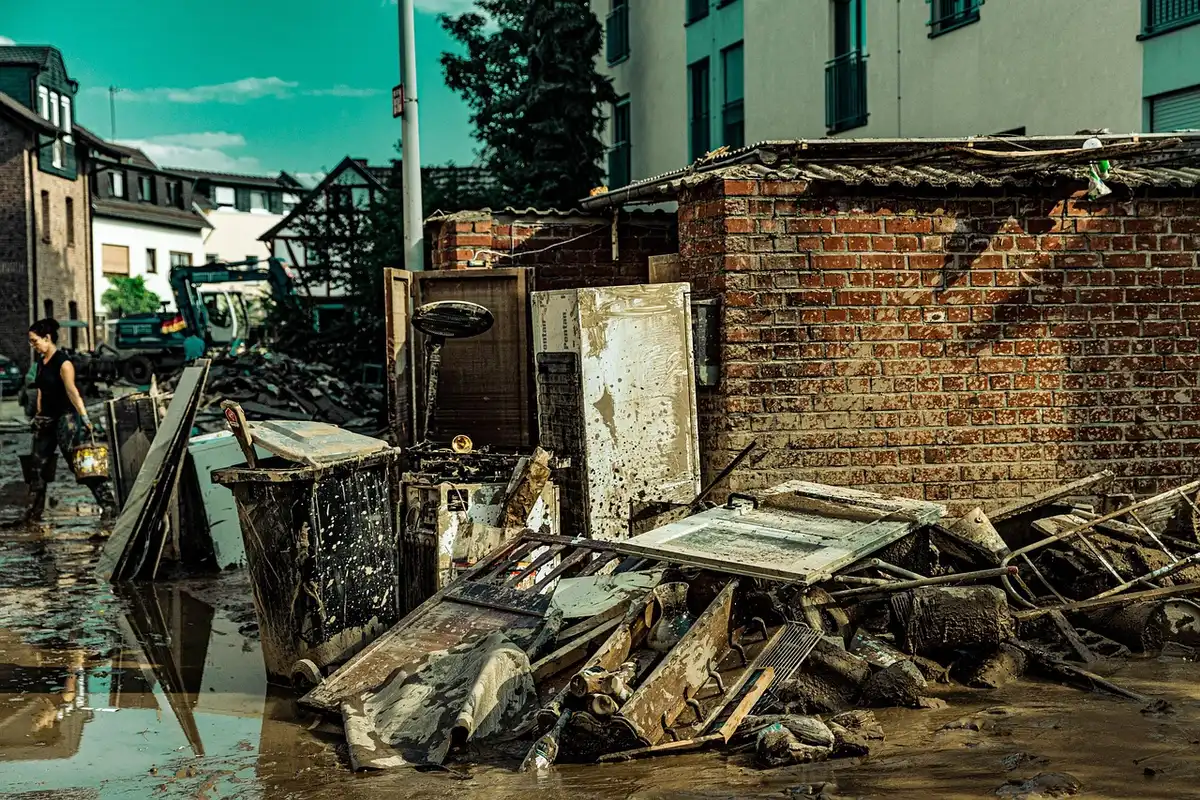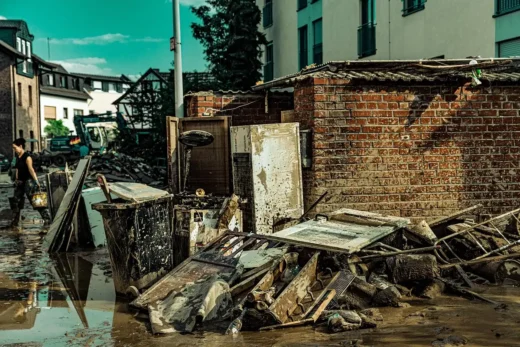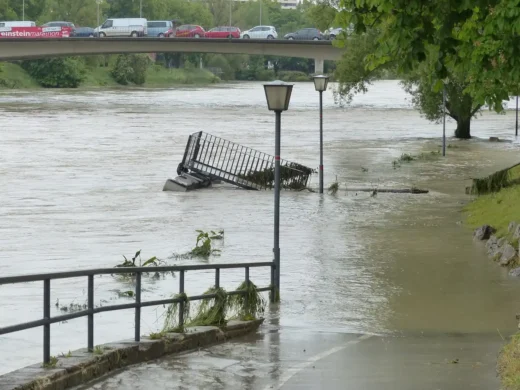Can previous flood damage impact your future home renovations, Home drainage, Building drain tips
Previous Flood Damage Impact Your Home Renovations
May 22, 2025
Floods are among the most devastating natural disasters a home can endure. Even after the water recedes and the clean-up begins, flood damage can leave lasting consequences that resurface during future renovation projects. Whether you’re planning a kitchen remodel, installing new floors, or adding an extension, it’s crucial to understand how previous flood damage might affect the process—and your budget.
1. Hidden Structural Issues
Water can compromise the integrity of walls, floors, and foundations. Even after repairs, moisture can linger undetected behind drywall or under floorboards, leading to rot or weakened structural components. During renovation, contractors may uncover these issues, which can delay projects and add unexpected costs.
Tip: Before beginning any major renovations, schedule a thorough inspection—especially if your home has experienced flooding in the past. Catching hidden damage early can save you time and money.
2. Mold and Mildew Risks
Mold doesn’t always show up right away. It thrives in dark, damp areas—and post-flood homes are prime environments. Renovation activities like opening up walls or replacing insulation can reveal mold growth that must be remediated before work can continue.
Not only does this delay your timeline, but it can also pose health risks and increase renovation costs dramatically.
3. Electrical and Plumbing Concerns
Floods often compromise electrical wiring and plumbing systems. Even if everything seems fine on the surface, wiring exposed to water may corrode over time, becoming a safety hazard. Renovations that involve new lighting, outlets, or water fixtures may require a full system check or partial replacement of electrical or plumbing components.
4. Flood Risk Assessments: A Smart First Step
If your property has flooded before—or sits in a flood-prone area—don’t skip a flood risk assessment before starting your renovation. These assessments evaluate your home’s vulnerability to future flooding and can influence both your design decisions and compliance with local building codes.
For example, your contractor may recommend using flood-resistant materials or elevating certain features to reduce future damage. Some insurance companies or municipalities may even require this assessment before issuing permits.
A flood risk assessment gives you and your renovation team a clearer picture of what’s possible, what’s safe, and what protections should be put in place to safeguard your investment.
5. Material Compatibility
Some building materials used in flood restoration may not be compatible with new renovation plans. For example, subflooring installed during the flood repair might not support the type of flooring you now want. Or moisture-resistant drywall might not match the finishing techniques for your chosen design.
It’s essential to communicate your home’s history to your contractor, so they can recommend the right materials from the start.
6. Insurance and Permits
If your home has a history of flood damage, certain permits may require extra steps. You might also face stricter building codes or be required to elevate certain areas to comply with floodplain regulations. Additionally, some insurance companies may scrutinize renovation-related claims more closely, especially if issues tied to the previous damage resurface.
How Renovation Companies Can Stay Ahead
For home renovation companies, handling homes with flood history requires a more detailed client intake and project planning process. This is where CRMs (Customer Relationship Management systems) play a critical role for home services and how they get leads. A well-configured CRM can track a home’s damage history, flag projects with elevated risk, and coordinate inspection reports and remediation plans across teams. This ensures transparency and efficiency throughout the project lifecycle—especially in complex or high-liability renovations.
Final Thoughts
Yes, previous flood damage can absolutely impact your future renovations—but being proactive makes all the difference. Don’t wait until demolition day to discover structural or mold issues. Invest in a pre-renovation inspection, request a flood risk assessment, and work with experienced professionals who understand the unique needs of homes with a flood history.
And if you’re a contractor? Equip your team with the right tools—like a CRM built for the renovation industry—to handle flood-affected projects with precision, care, and confidence.
Comments on this guide to Can Previous Flood Damage Impact Your Future Home Renovations? article are welcome.
Drainage
Drainage Infrastructure and Plumbing Posts
Why it is important to clean blocked drains
Ultimate Drainage Infrastructure Guide
How to get rid of drain flies in one week
Building Articles
Residential Architecture
Comments / photos for the Can Previous Flood Damage Impact Your Future Home Renovations? page welcome.







